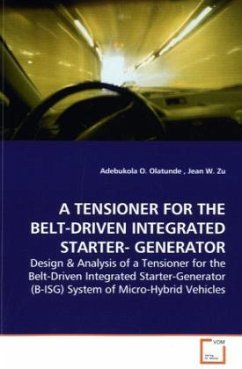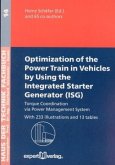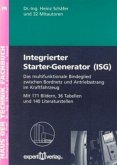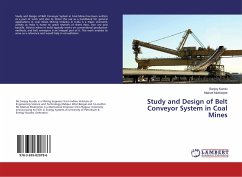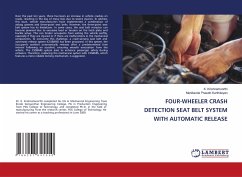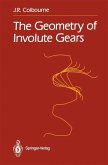A Tensioner for the B-ISG System presents the design
and analysis of a Twin Tensioner for a Belt-driven
Integrated Starter-Generator (B-ISG) system. The B-
ISG is an emerging hybrid transmission closely
resembling conventional serpentine belt drives.
Models of the B-ISG system's geometric properties
and dynamic and static states are derived and
simulated. The objective is to reduce the magnitudes
of static tension in the belt for the ISG-driving
phase. A literature review of hybrid systems,
serpentine belt drive modeling and automotive
tensioners is included. A parametric study evaluates
tensioner parameters with respect to their impact on
static tensions. Design variables are selected from
these for an optimization study. The optimization
uses a genetic algorithm (GA) and a hybrid GA.
Results of the optimization indicate that the optimal
system contains spans with static tensions that are
significantly lower in magnitude than that of the
original design. Implications of the research on
future work are discussed in closing.
and analysis of a Twin Tensioner for a Belt-driven
Integrated Starter-Generator (B-ISG) system. The B-
ISG is an emerging hybrid transmission closely
resembling conventional serpentine belt drives.
Models of the B-ISG system's geometric properties
and dynamic and static states are derived and
simulated. The objective is to reduce the magnitudes
of static tension in the belt for the ISG-driving
phase. A literature review of hybrid systems,
serpentine belt drive modeling and automotive
tensioners is included. A parametric study evaluates
tensioner parameters with respect to their impact on
static tensions. Design variables are selected from
these for an optimization study. The optimization
uses a genetic algorithm (GA) and a hybrid GA.
Results of the optimization indicate that the optimal
system contains spans with static tensions that are
significantly lower in magnitude than that of the
original design. Implications of the research on
future work are discussed in closing.

